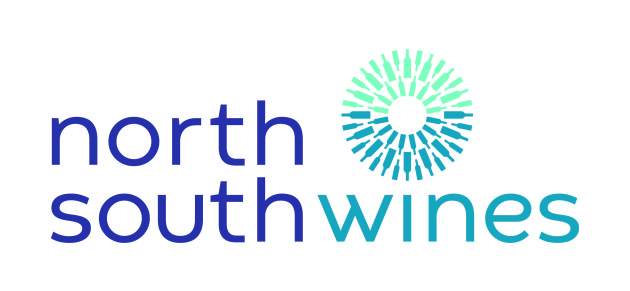
Headline heroes: Cellier des Dauphins leading the charge in organic wine
At the forefront of organic viticulture in France, Côte du Rhône’s Cellier des Dauphins is inspiring others to make the transition, as James Lawrence reports
The Côtes du Rhône appellation has long been synonymous with quality, affordability, and prestige. Whether it’s the smooth, fruity opulence of red Côtes du Rhône or the exotic finesse of Côtes du Rhône blanc, the region’s leading producers have scarcely hit a wrong note. Encompassing more than 150 communes, the southern Rhône Valley appellation is paradise for the terroir-conscious grower.
Indeed, with more than 30,000ha under vine and a diverse mosaic of soil types – sandy soils are found in addition to limestone and alluvial matter – there are endless opportunities to fashion site-specific wines. But, most importantly, the Rhône has emerged as a centre of organic and sustainable viticulture. The poster child for this movement is undoubtedly Cellier des Dauphins, the largest organic vineyard in the Rhône Valley.
Comprised of 2,500 grower families across 10 villages in the southern Rhône, Cellier des Dauphins continues to inspire others to join the sustainable viticulture cause, united in its mission to preserve our natural heritage for the next generation.
According to Thierry Walet, chief oenologist at Cellier des Dauphins: “Over the last 15 years, Cellier des Dauphins has achieved an impressive growth in its area of organic vines by supporting the technical and financial needs of the grower families. Our technical team has worked very closely alongside the growers to explain and implement the numerous stages of conversion to organic viticulture.”
He continues: “This takes a minimum of three years, and the stability we provide to our growers is an important factor in motivating them to make this positive change. The result is that we’ve increased our organic hectarage tenfold since 2010. We’ve been at the forefront of the organic wine movement in France, helping to democratise its adoption on a large scale. It’s worth noting that the organic wines are often a precursor to the making of no-sulphur wines.”
According to Walet, one of the most important stages in the journey towards organic conversion is achieving HVE certification (haute valeur environnementale). “HVE is a critically important protocol that recognises efforts made to improve the entire agricultural production of an estate or grower,” he says. “HVE requires specific standards and action to improve biodiversity, protect plant life, minimise pesticide use and manage water resources.”
Over the past few years, Cellier des Dauphins has converted 3,000ha to HVE. The timing, of course, is most opportune. The UK remains the biggest market for Côtes du Rhône wines, with organic purchases also still on the rise.
Q&A: Thierry Walet, Cellier des Dauphins
Cultivating the largest organic vineyard in France is an impressive achievement. What has been the biggest challenging in the switch to organic viticulture?
It takes three vintages to convert to organic certification and this requires steady investment from the grower. Cellier des Dauphins has played an important financial part in enabling its growers to make the changes needed over the time required for organic certification.
Can you talk us through the 2022 vintage?
The growing season started early and has finished very late (into October). Summer was hot and dry, and then we got to September, which brought in several episodes of heavy rain. This means the harvest was long, starting quite early at the end of August for the whites and rosés and ended very late, at the beginning of October, for the reds. The early signs are that whites and rosés are showing good acidity thanks to our growers who have reacted very fast to weather conditions. Reds are excellent – colour and tannin are balanced, and there is plenty of fruit. The harvest started normally with the Syrah, which was really ripe and is giving red fruit notes and beautiful colour intensity to our wines. But the Grenache was trickier, and we deliberately started late in order to guarantee full maturity and the aromatic ripe black fruits we look for, plus of course the supple tannins that are so loved in our Côtes du Rhône blends.
The Rhône is now a hotbed of trailblazing wineries and emerging talent – what impact are they having on the region’s winemaking philosophy, international reputation and wines?
The rich and varied experience of our winemakers across the world, and the styles of wine they have become influenced by or worked with, has given Côtes du Rhône a refreshed and modernised wine style and image of its producers. This in turn is being noticed increasingly around the world by consumers who appreciate these changes.
Keywords:
- France
- Organic
- du
- transition
- dauphins
- des
- cellier des
- cellier des dauphins
- côte du
- côte
- others
- cellier
- rhône’s
- des dauphins
- rhône’s cellier
- du rhône’s
- headline heroes cellier
- des dauphins leading
- du rhône’s cellier
- rhône’s cellier des





